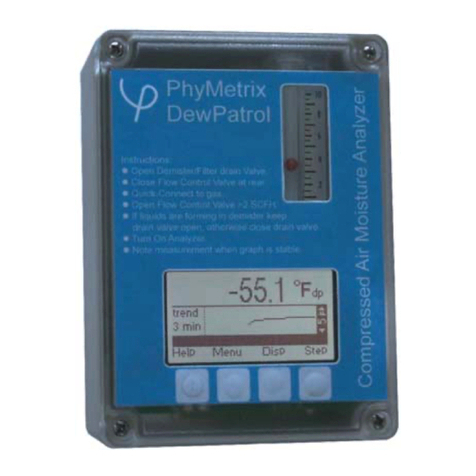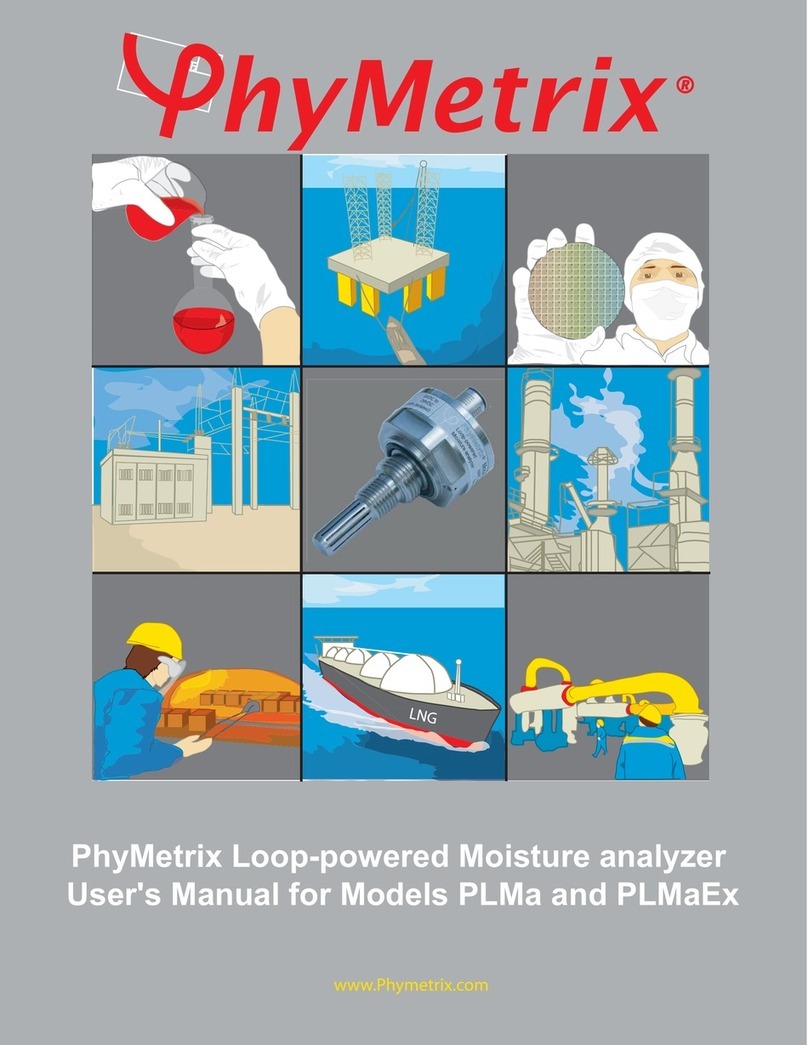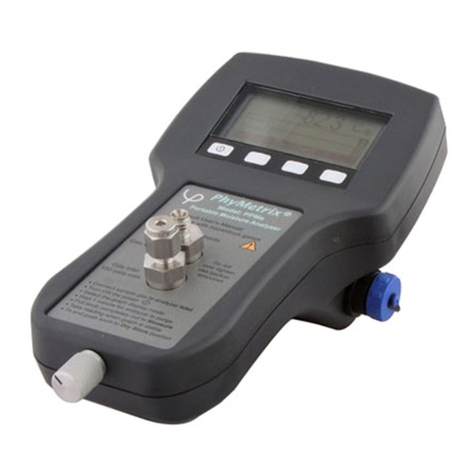
Table Of Contents
1Introduction............................................................................................................................. 1
2Important Principles of Operation .......................................................................................... 2
2.1 Sensor Operating Principle............................................................................................... 2
2.2 Sampling Mechanism Operating Principle ...................................................................... 2
3Precautions ................................................................................................................ 2
4Moisture System Considerations ............................................................................................ 3
4.1 Integrity of the Materials of the User’s System............................................................... 3
4.2 Moisture Back Diffusion (backflow) Along the Walls of the Exhaust Tubing ............... 3
4.3 Temperature Dependant Equilibrium............................................................................... 4
5Sampling Techniques.............................................................................................................. 4
5.1 Choosing a Measurement Site.......................................................................................... 4
5.2 Sample Conditioning........................................................................................................ 5
5.3 Tubing and Fittings .......................................................................................................... 5
5.4 Sample Pressure ............................................................................................................... 5
5.5 Pressure Considerations ................................................................................................... 6
6Installation............................................................................................................................... 8
6.1 Mechanical Installation.................................................................................................... 8
6.2 Electrical Connections: Power, 4/20mA Analog Output, Serial I/O................................ 8
6.2.1 Powering the ExMa................................................................................................... 8
6.2.2 Analog Output 4/20mA............................................................................................. 8
6.2.3 ExMa HART interface.............................................................................................. 8
6.2.4 Serial I/O RS485/RS-422........................................................................................ 10
7User Interface Overview....................................................................................................... 11
8Operating the Analyzer......................................................................................................... 12
8.1 The Display Mode.......................................................................................................... 12
8.2 Units to Display the Measurement................................................................................. 12
8.3 Pressure Correction........................................................................................................ 13
8.4 Navigating Through the Menus...................................................................................... 15
8.5 The Functions Available in the Menus .......................................................................... 15
9Data Logging ........................................................................................................................ 17
9.1 Retrieving the Data / Clearing the Memory................................................................... 18
9.2 Logging Data Directly into a Personal Computer.......................................................... 18
10 Single Point Calibration........................................................................................................ 18
11 Using the ExMa for temperature control.............................................................................. 19
12 Troubleshooting and Maintenance........................................................................................ 20
12.1 Cleaning...................................................................................................................... 20
12.2 Self Diagnostics.......................................................................................................... 20
12.3 Suspected Erroneous Measurements.......................................................................... 21
13 Specifications for Model ExMa............................................................................................ 23
Appendix A ExMa Installation Drawing................................................................................. 24
Appendix B ExMa Electrical Connections.............................................................................. 25
Appendix C Notes on ExMa use in low power applications e.g. solar power.............................. 28
Revision #3 2016































